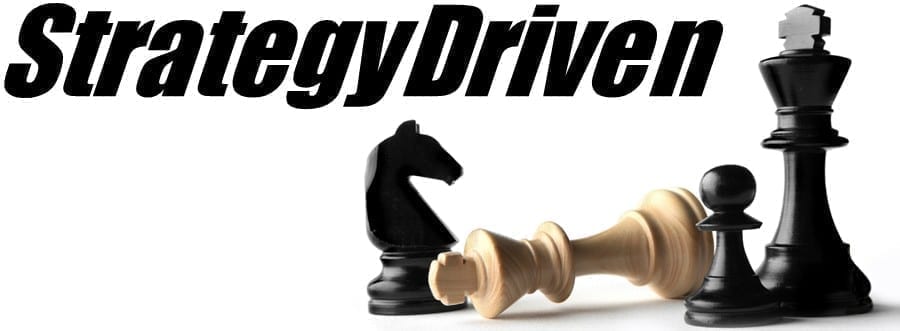Passing the Torch: The Art of Succession Planning
In the ever-evolving landscape of business, few things are as crucial as a well-executed succession plan. As seasoned leaders begin to pass the torch to the next generation, the art of succession planning becomes paramount in ensuring the continued success and growth of an organization. Join us as we delve into the intricate process of passing the torch and explore the strategies and considerations that go into crafting a seamless transition of power.
Identifying Key Successors within the Organization
is a crucial aspect of ensuring a smooth transition of leadership. Succession planning is not just about finding someone to fill a role when a leader steps down; it is about grooming and developing individuals who have the potential to take on greater responsibilities in the future.
When identifying key successors, it is important to look for individuals who possess the necessary skills, knowledge, and qualities to be successful leaders. These are individuals who have shown potential for growth, have a strong work ethic, and are able to adapt to changing environments. By investing in the development of these individuals, organizations can ensure continuity and stability in leadership positions.
Developing a Comprehensive Succession Plan
Are you prepared to pass the torch and ensure the future success of your organization? is essential for a smooth transition of leadership and sustaining long-term growth. By taking the time to strategize and identify key leaders within your organization, you can pave the way for a seamless handover of responsibilities.
Don’t wait until it’s too late to start succession planning. Start the process by evaluating the current leadership team and identifying potential candidates for future leadership roles. Invest in their development through training and mentorship programs to ensure they are equipped with the skills and knowledge needed to take on higher positions. Remember, succession planning is not just about filling a vacancy – it’s about building a strong foundation for the future success of your organization.
Implementing Effective Leadership Development Programs
Succession planning is a critical component of effective leadership development programs. It involves identifying and nurturing future leaders within an organization to ensure a smooth transition of power when key executives retire or move on. One key aspect of succession planning is identifying high-potential employees who have the skills and qualities needed to step into leadership roles.
Another important element of succession planning is providing development opportunities for potential leaders to help them grow and acquire the necessary skills. This can include mentoring programs, leadership training workshops, and stretch assignments that challenge individuals to take on new responsibilities and develop their leadership abilities. By investing in succession planning, organizations can ensure continuity of leadership and position themselves for long-term success.
Ensuring Smooth Transition of Responsibilities
Succession planning is a crucial aspect of ensuring a smooth transition of responsibilities within any organization. It involves identifying and developing potential future leaders, equipping them with the necessary skills and knowledge to take on key roles when the time comes. By effectively passing the torch from one generation of leaders to the next, organizations can ensure continuity, stability, and continued success.
Key elements of successful succession planning include clear communication, proper training and development programs, and a focus on building a strong pipeline of talent. It is important for current leaders to mentor and groom potential successors, providing them with opportunities to learn, grow, and take on increasing levels of responsibility. By investing in succession planning, organizations can mitigate risks associated with leadership turnover and maintain a competitive edge in today’s rapidly changing business environment.
Final Thoughts…
As we’ve explored the delicate art of succession planning, we’ve discovered the importance of preparing for the future and ensuring the longevity of our organizations. Embracing this process can lead to a smooth transition of leadership and foster growth and prosperity for years to come. Remember, passing the torch is not just about handing over responsibilities, but about preserving a legacy and setting the stage for continued success. So, take the time to plan, communicate effectively, and nurture the next generation of leaders. The future is bright, and with careful planning, we can ensure a seamless handover of the torch.


 StrategyDriven Enterprises, LLC
StrategyDriven Enterprises, LLC Michael Timms is a management consultant, author and speaker specializing in organization and leadership performance and the founder and principal of
Michael Timms is a management consultant, author and speaker specializing in organization and leadership performance and the founder and principal of